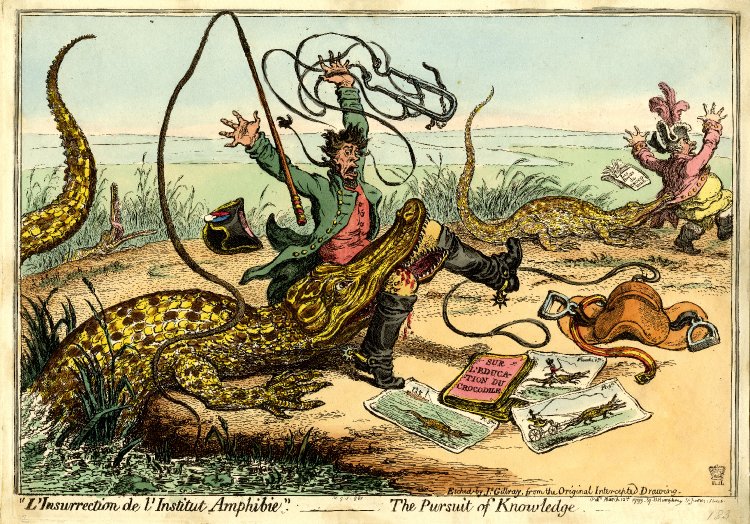Here are some bon mots I collected from an online course on math didactics.
When you had the answer wrong, your brain grew…
… when you got the answer right, nothing happened to your brain. This aims to build a work ethic. Dave Panesku tried different starting messages at Khan Academy Videos. Messages that tried to build work ethic (“the more you work, the more you learn”) made students solve more problems, while encouraging messages (“this is hard, try again if you fail first time”) had no effect compared to the control group.
It is also about appreciating mistakes.
Convince yourself, convince a friend, convince a skeptic
Most math students and their parents have difficulties to name the topic or learning goal that is currently covered in class. Discussing different ways of seeing, different paths and strategies to tackle a problem, however, is what learning (math, in particular) is about.
Uri Treisman and his colleagues showed in their minority studies [1] that students who discussed the problems outperformed those who did not.
Where are you, where do you need to be, how to close the gap
Feedback is important. Regular peer and self assessments outperforms control groups, especially low achievers improve [2].
Grading does not provide useful feedback. Diagnostic feedback encourages the students and outperforms grades – as well as grades together with feedback [3].
Pseudo-context problems need redesign
Math problems can be fun if they are presented in an open style that allows multiple entry points.
It is more interesting to construct two rectangles given a perimeter than to find the perimeter of a given rectangle.
“Doing and undoing”, i.e. being able to reason both forwards and backwards with operations, is the central practice in algebraic thinking. For instance, first discuss several methods to solve a problem, then present expressions for new methods and discuss what the method behind the expression might be [4].
There is an web effort on makeover of dull math problems.
Can you do any number between 1 and 20 by using only 4 4s? For example, 20 = (4/4 + 4)*4.
- Fullilove, R. E., & Treisman, P. U. (1990). Mathematics achievement among African American undergraduates at the University of California, Berkeley: An evaluation of the Mathematics Workshop Program. Journal of Negro Education, 59 (30), 463-478.
- White, B., & Frederiksen, J. (1998). Inquiry, modeling and metacognition: making science accessible to all students. Cognition and Instruction, 16(1), 3-118.
- Butler, R. (1988). Enhancing and Undermining Intrinsic Motivation: The Effects of Task-Involving and Ego-Involving Evaluation on Interest and Performance. British Journal of Educational Psychology, 58, 1-14.
- Driscoll, M. (1999). Fostering Algebraic Thinking: A Guide for Teachers, Grades 6-10. Heinemann, 361 Hanover Street, Portsmouth, NH 03801-3912.
